Beef Liver is both a nutritious and flavorful food that deserves a special place in our cooking. Whether it comes from beef, veal, lamb, or poultry, each type of liver has its own unique characteristics, but all share exceptional nutritional richness.
Liver, especially beef liver, is one of the richest sources of heme iron, which is easily absorbed by the body. This is why it’s often recommended for people suffering from anemia or iron deficiency. Beyond iron, it’s also an excellent source of B vitamins, particularly B12, as well as vitamin A, copper, and zinc.
In this guide, we’ll show you how to prepare and cook liver in a simple and delicious way, to fully appreciate its flavor while benefiting from its nutritional qualities. Although we’ll focus on beef liver, the techniques presented can be adapted to other types of liver, such as veal liver, known for its more tender texture and delicate flavor.
Table of Contents
- Why You'll Love This Recipe
- Ingredients For The Best Beef Liver Recipe
- Preparing the Liver
- Cooking Methods
- Tips for Perfect Liver
- What to Serve with Liver
- Important Notes
Why You’ll Love This Recipe
Nutritional Gold Mine: Beef liver delivers exceptional amounts of iron, B vitamins, and vitamin A in one affordable serving, making it one of nature’s true superfoods.
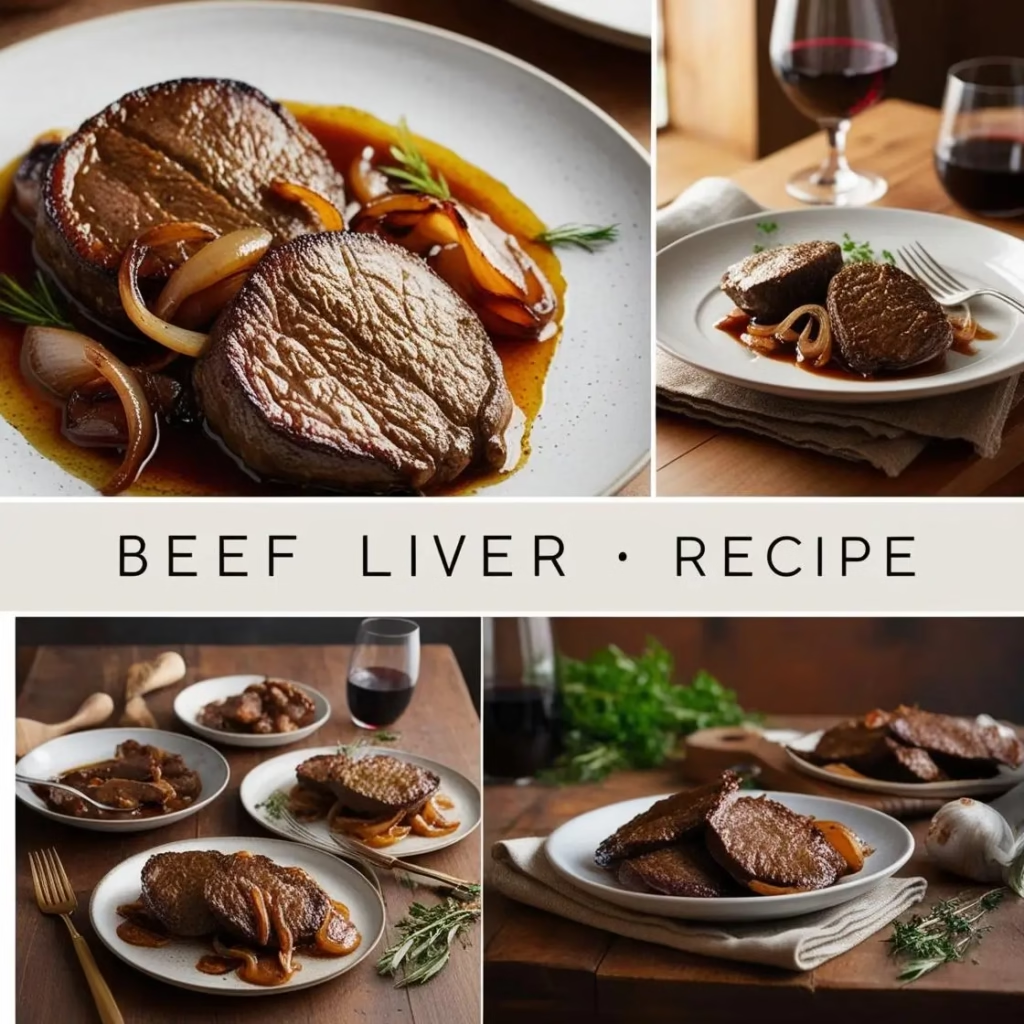
Quick to Prepare: From pan to plate in under 10 minutes, this liver recipe fits perfectly into busy schedules while delivering gourmet nutrition.
Budget-Friendly: Organ meats remain undervalued in today’s market, offering premium nutrition at bargain prices compared to other cuts.
Foolproof Method: This technique eliminates common pitfalls, ensuring tender, non-bitter results even for liver-cooking beginners.
Versatile Foundation: Master this basic method and easily customize with different seasonings and accompaniments to suit any palate.
Ingredients For The Best Beef Liver Recipe
Main Ingredient
- 1 pound (500g) of beef liver (choose quality liver, ideally organic and from grass-fed animals)
Cooking Fat
- 2 tablespoons of extra virgin olive oil (or clarified butter for a richer flavor)
Basic Seasonings
- Sea salt (adjust to your taste)
- Freshly ground black pepper
Optional Ingredients
- 2 medium onions, thinly sliced (perfect for the classic « liver and onions » preparation)
- 2 garlic cloves, crushed
- A few sprigs of fresh thyme or 1 teaspoon of dried thyme
- 1 bay leaf
- Fresh chopped parsley for garnish
- 3 tablespoons of flour (for lightly coating the liver if you want a crispier texture)
- 1 cup (250ml) of milk (for soaking, to soften the liver’s flavor)
- Or 2 cups (500ml) of water with 2 tablespoons of apple cider vinegar (alternative to milk soaking)
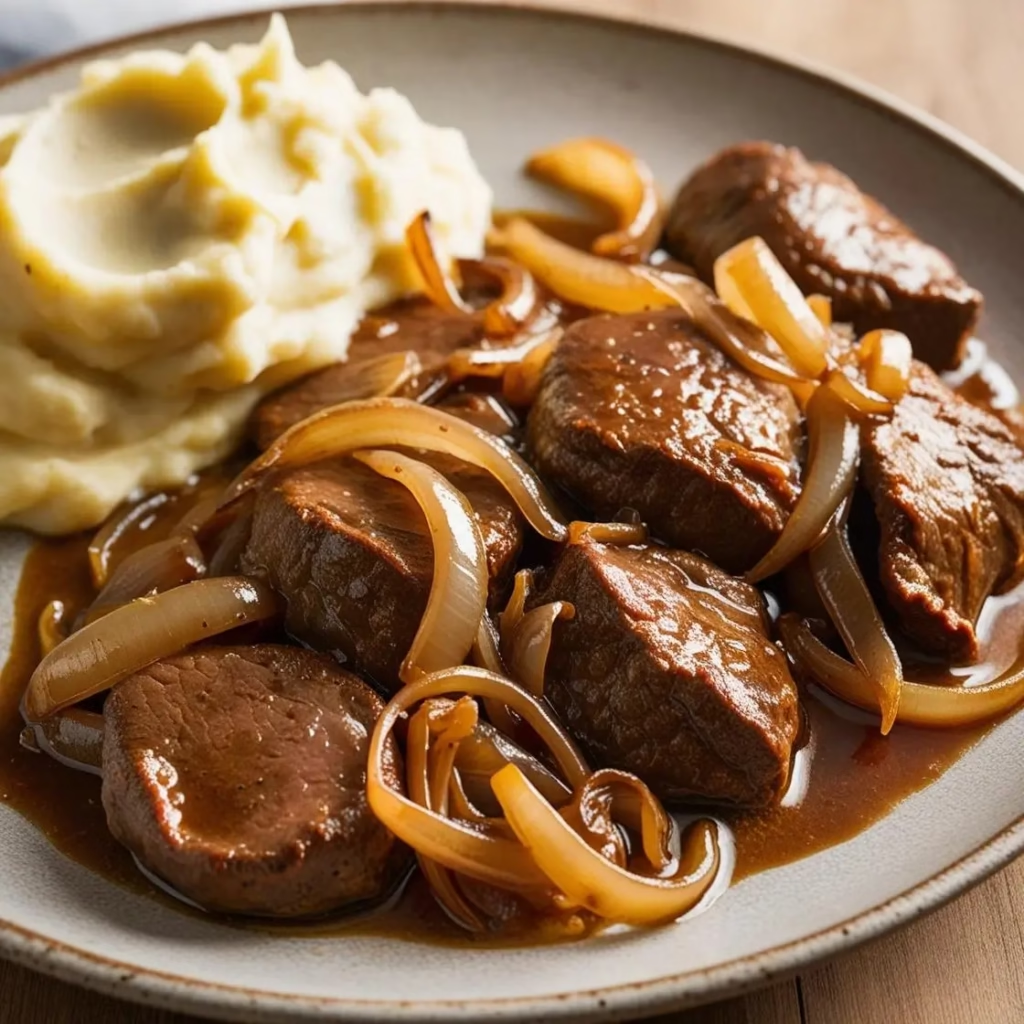
Preparing the Liver
Cleaning
- Unwrap the liver and gently rinse it under cold water.
- Using a sharp knife, carefully remove any visible membranes and blood vessels. This step is crucial to avoid bitterness and improve the final texture.
- Pat the liver dry with paper towels to ensure perfect drying.
Cutting
- Place the liver on a clean cutting board.
- Cut it into slices of uniform thickness, ideally between 1/2 and 3/4 inch (1-1.5 cm). This thickness is optimal for allowing nice exterior browning while keeping the center tender.
- For beef liver, which can be firmer, slightly thinner slices (around 1/2 inch or 1 cm) are sometimes preferable.
Tenderizing (optional but recommended)
- Place the liver slices in a bowl containing cold milk or vinegar water.
- Let soak for 30 minutes to 2 hours in the refrigerator. This process helps reduce the natural bitterness of the liver and softens its flavor.
- After soaking, remove the slices and thoroughly dry them again with paper towels.
Seasoning
- Arrange the liver slices on a flat surface.
- Sprinkle generously with salt and pepper on both sides.
- If you opt for flour coating, lightly dredge each slice in flour, shaking off any excess. This thin layer will help form a slight golden crust while sealing the juices inside.
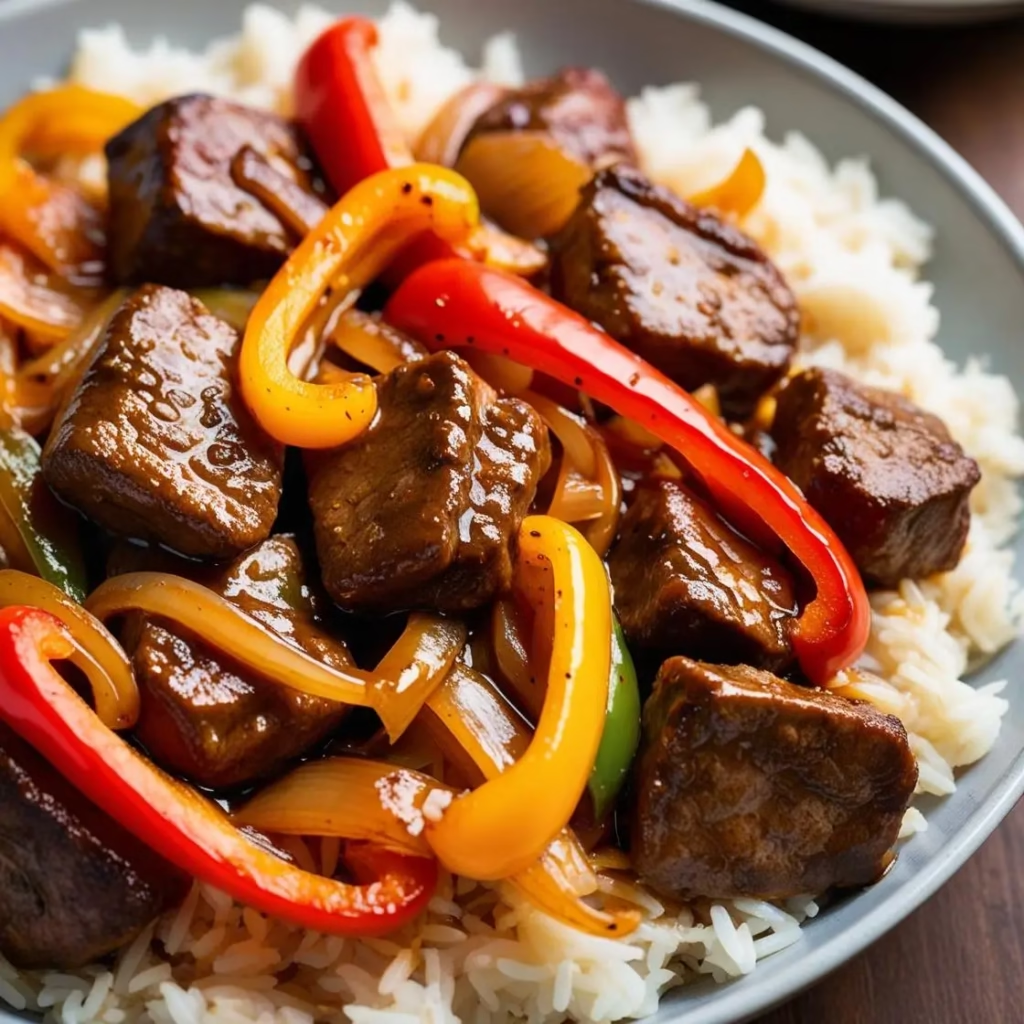
Cooking Methods
Pan-Searing (recommended method)
- Choose a non-stick pan large enough to accommodate the slices without crowding them.
- Preheat the pan over medium-high heat until it’s hot.
- Add olive oil or clarified butter and heat until it shimmers slightly.
- Carefully place the liver slices in the pan, making sure not to crowd them (cook in batches if necessary).
- Sear for about 1-2 minutes on each side for beef liver. This quick high-temperature searing caramelizes the exterior while preserving the tender interior.
- Then reduce the heat to medium and continue cooking for another 1-2 minutes depending on thickness and desired doneness.
- For optimal texture, the liver should be pink in the center (about 145-150°F or 62-65°C internal temperature) but should not release blood when gently pressed.
- If you prefer a gentler cooking method, you can cover the pan with a lid during the second part of cooking, which will allow the liver to steam and remain particularly tender.
Variation: Liver and Onions
- Before cooking the liver, sauté the sliced onions in the same pan with a little olive oil or butter.
- Cook them over medium heat for 8-10 minutes until they are tender and caramelized.
- Remove the onions and keep them warm.
- Cook the liver in the same pan using the method described above.
- Serve the liver with the caramelized onions on top or alongside.
Variation: Veal Liver in a Pan
Veal liver is generally more delicate and requires even briefer cooking. Allow about 45 seconds to 1 minute on each side over high heat, then 30 seconds to 1 minute over medium heat. The center should remain pink and tender.
Other Cooking Methods
- Grilled: Preheat the grill to medium-high temperature. Lightly brush the liver with oil and grill 1-2 minutes on each side.
- Braised: Ideal for thicker pieces. After searing the liver, add some broth, wine, or sauce and simmer covered over low heat for 15-20 minutes.
- In pâté or terrine: Liver can be minced and mixed with other meats, spices, and aromatics to create flavorful terrines or pâtés.
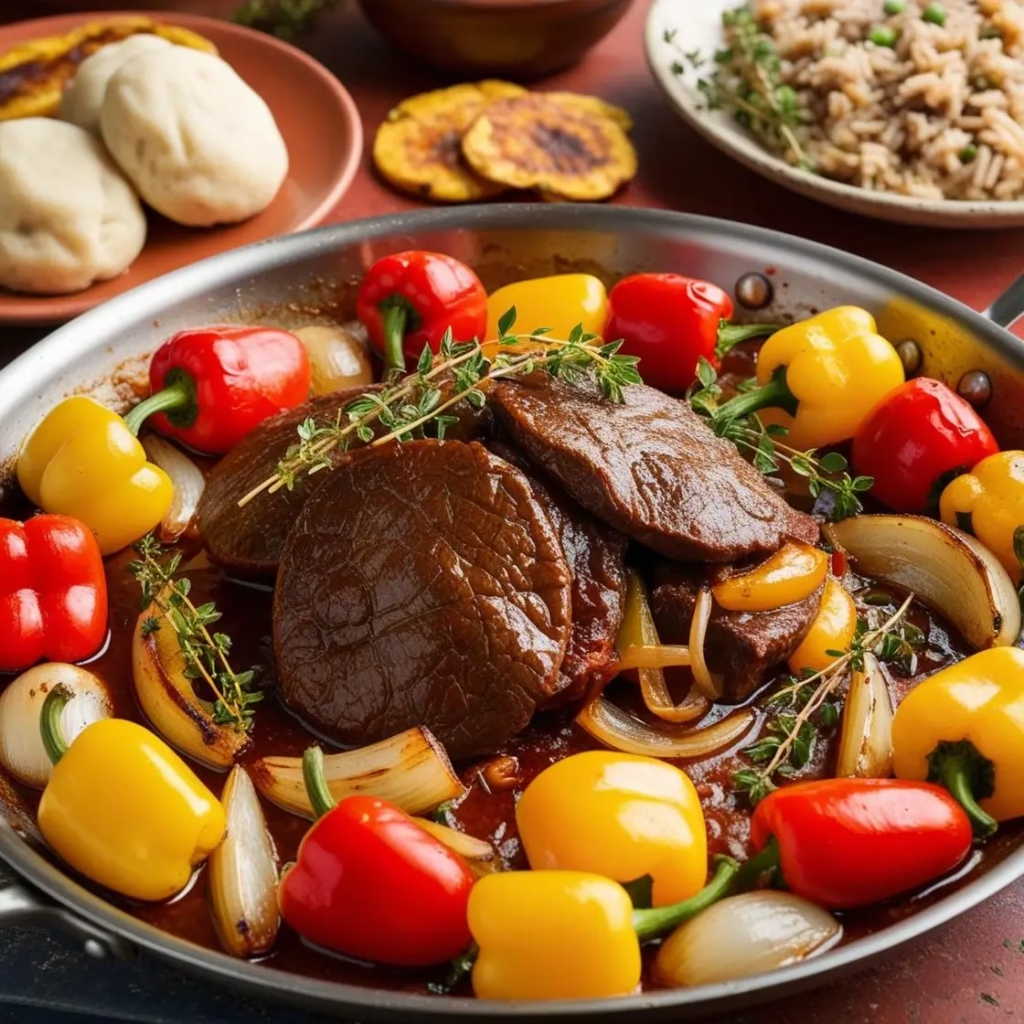
Tips for Perfect Liver
- Never overcrowd the pan. The liver needs space to sear properly without sitting in its own juices.
- Use a non-stick pan with a good thick bottom for even heat distribution.
- The key to successful liver is quick cooking. Overcooked liver becomes grainy and develops a pronounced bitterness.
- Remove the liver from the pan as soon as it’s cooked, as it will continue to cook slightly with the residual heat.
- Let the liver rest for 1-2 minutes before serving to allow the juices to redistribute.
- To test doneness, gently press on the liver with the back of a fork: it should be firm but slightly elastic.
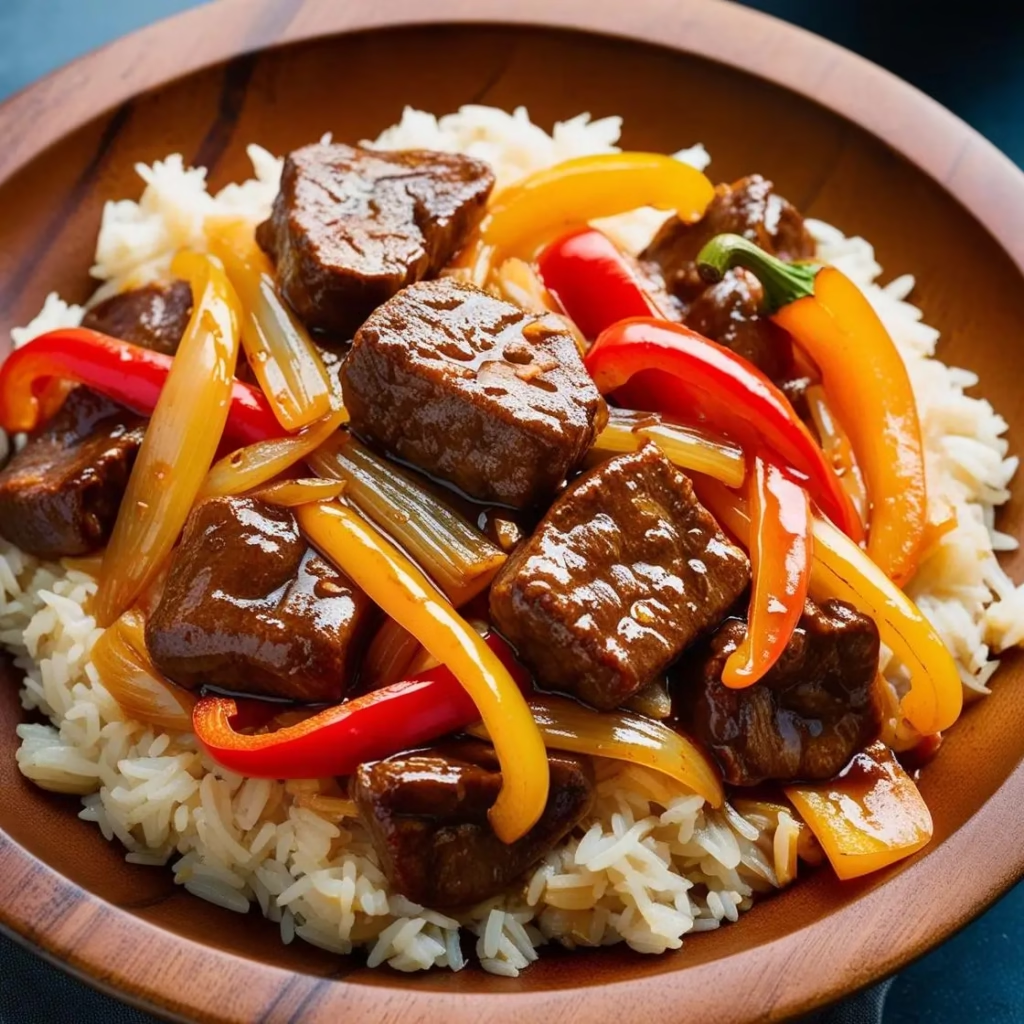
What to Serve with Liver
Liver pairs particularly well with:
For a balanced meal, accompany your liver with a starch and green vegetables, as well as fruit for dessert to complete the vitamin and mineral intake.

Important Notes
Liver Quality
The quality of the liver is paramount for a successful taste experience. Choose liver from controlled sources, ideally organic and from free-range animals fed naturally. Quality liver has a uniform color, without spots or discolored areas.
Storage
- Fresh liver should be consumed within 1-2 days of purchase.
- Store it in the refrigerator, in its original packaging or wrapped in food paper.
- If you don’t plan to consume it quickly, liver can be frozen for up to 2-3 months. Wrap it carefully in plastic wrap and then in a freezer bag to prevent freezer burn.
Disclaimer
The information provided in this guide is intended for culinary purposes and does not constitute medical advice. Although liver is naturally rich in iron and may be beneficial in case of deficiency, always consult a healthcare professional for the diagnosis and treatment of any medical condition, including iron deficiency anemia.
NUTRITION INFORMATION (PER SERVING)
- Calories: 215
- Protein: 23g
- Fat: 12g
- Carbohydrates: 5g
- Iron: 5mg (28% DV)
- Vitamin A: 18,000 IU (360% DV)
- Vitamin B12: 70μg (1,167% DV)
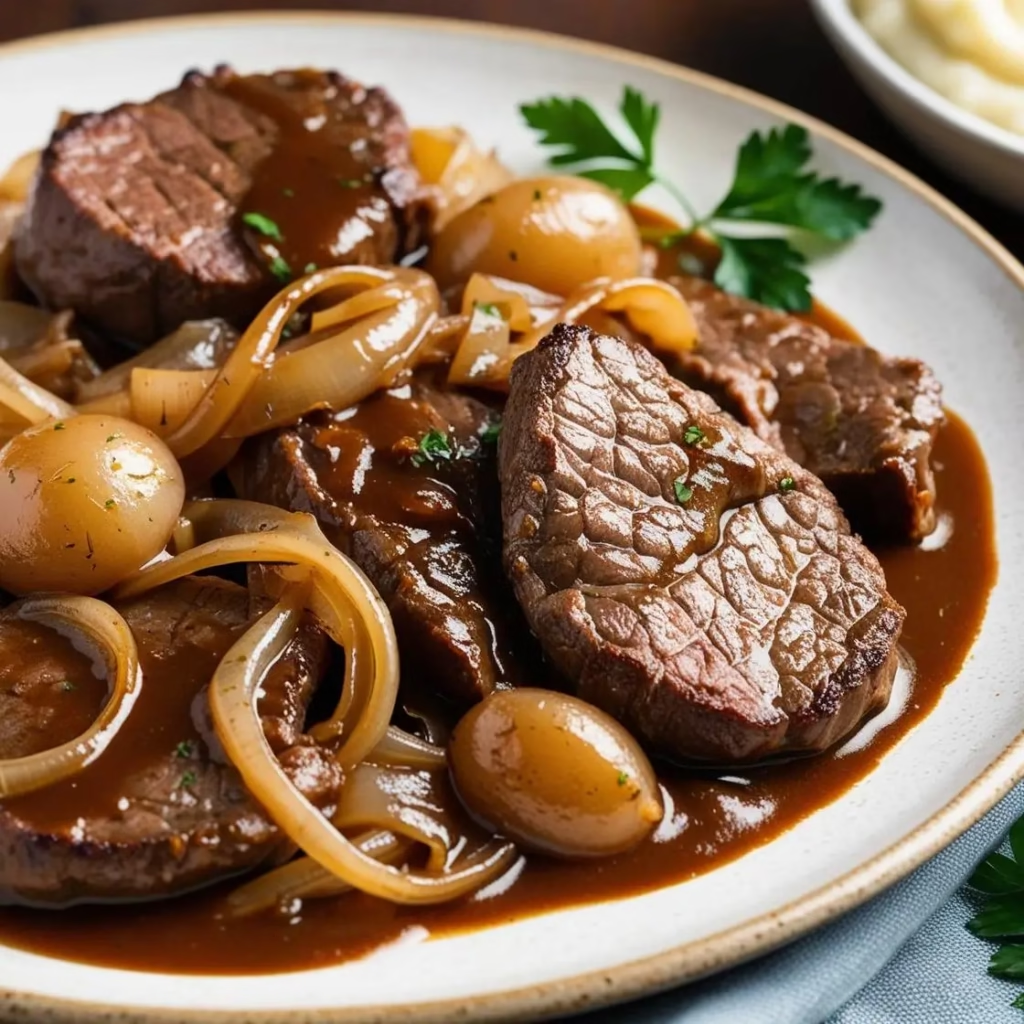
How to Prepare and Cook Liver (with emphasis on beef liver)
Description
Discover how to prepare and cook beef liver to perfection with our comprehensive guide. From cleaning and soaking techniques to achieve a milder flavor, to the exact cooking times for tender results, this recipe transforms an overlooked superfood into a delicious meal. High in iron, B vitamins, and protein, this 20-minute dish belongs in your regular rotation.
Ingredients
Instructions
- Prepare the liver: Rinse the liver under cold water. Using a sharp knife, remove any visible membranes or blood vessels. Pat dry with paper towels.
- Soak (optional): For a milder flavor, place liver slices in a bowl of cold milk. Cover and refrigerate for 30 minutes to 2 hours. After soaking, remove the liver and pat dry thoroughly.
- Slice and season: Cut the liver into uniform slices about 1/2 inch (1 cm) thick. Season both sides generously with salt and pepper.
- Flour coating (optional): Place flour in a shallow dish. Lightly dredge each liver slice in flour, shaking off excess.
- Cook onions (if using): Heat 1 tablespoon oil in a large non-stick skillet over medium heat. Add sliced onions and cook until caramelized, about 8-10 minutes. Remove onions and set aside.
- Cook liver: Heat the remaining oil in the same skillet over medium-high heat until hot but not smoking. Add liver slices without overcrowding (cook in batches if necessary).
- Sear properly: Cook for 1-2 minutes per side until nicely browned on the outside but still slightly pink in the center. Overcooking will make the liver tough and bitter.
- Rest and serve: Remove from heat and let rest for 1-2 minutes. Serve immediately topped with caramelized onions (if using) and garnished with fresh herbs.
Notes
- For best results, bring liver to room temperature before cooking.
Don’t overcrowd the pan – cook in batches if necessary.
The ideal internal temperature for beef liver is 145-150°F (62-65°C).
Liver continues cooking after removal from heat, so remove slightly before your desired doneness.
If liver edges curl during cooking, make small cuts around the edges before cooking.
Leftover cooked liver should be consumed within 2 days.

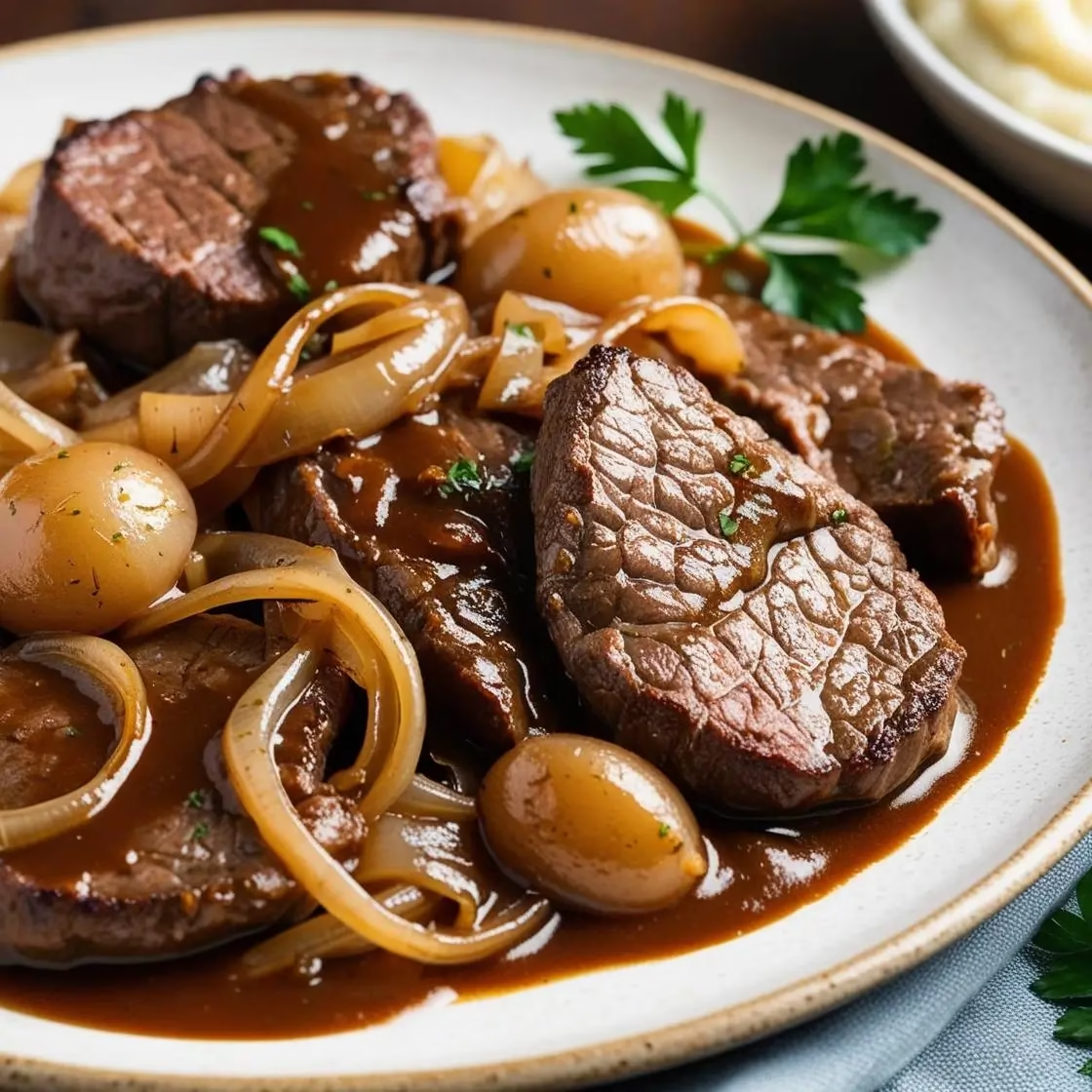
avril 15, 2025 at 10:20 am[…] Beef Liver Recipe […]
avril 21, 2025 at 11:38 am[…] Beef Liver Recipe […]
avril 27, 2025 at 11:06 am[…] Beef Liver […]